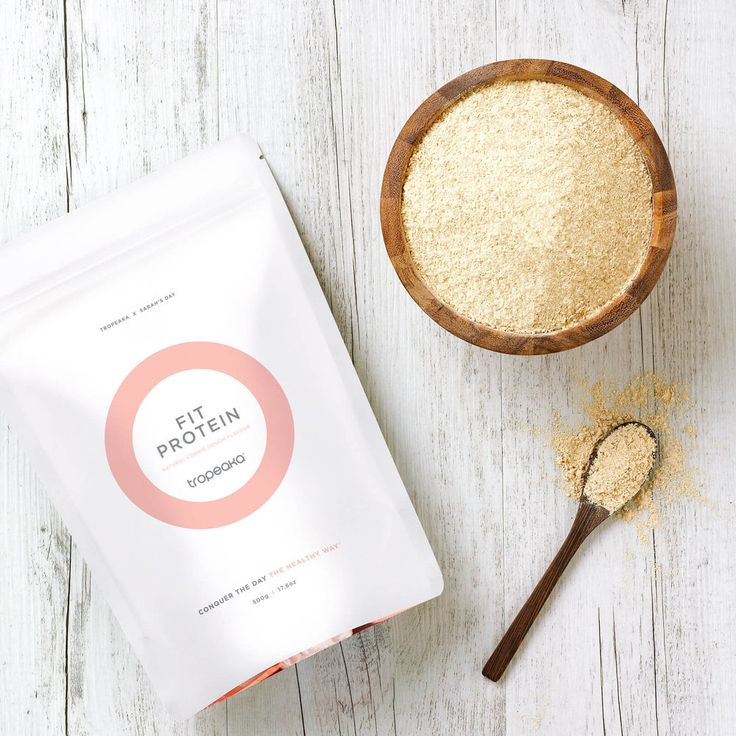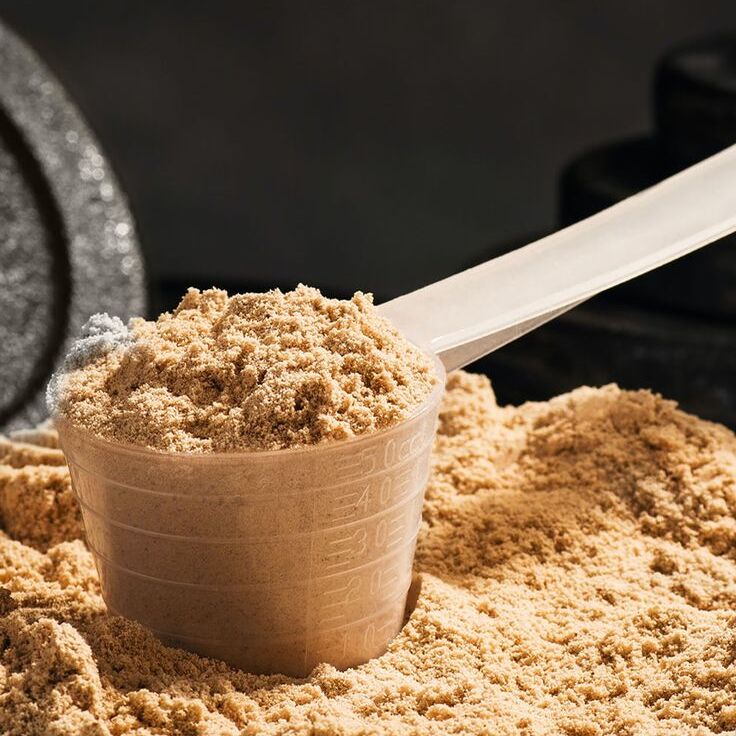When Was Protein Powder Invented: A Historical Perspective
Origins and Evolution of Protein Powder
Protein powder has revolutionized how we approach sports nutrition and dietary supplements. From accidental discoveries thousands of years ago to being a staple in fitness regimes, the journey of protein powder is a rich narrative woven into the fabric of health and wellness practices. When was protein powder invented? Let’s delve into how protein powder began and evolved over the centuries.

Early Discoveries and Uses
The story of protein powder can be traced back to ancient civilizations. As early as 5,500 BC in Kujawy, Poland, farmers noticed a byproduct formed when milk was treated with acid during cheese production. This byproduct, now known as whey, was initially a waste product discarded or used for feeding animals. In ancient Greece, around 460 BC, the famed physician Hippocrates recognized whey’s health benefits and prescribed it to boost the immune system and enhance health.
Evolution into a Fitness Supplement
Transitioning from a medicinal supplement in ancient times to a modern fitness aid began in earnest in the 1950s. Bodybuilders and fitness enthusiasts in the mid-20th century started exploring more scientifically formulated nutritional supplements to enhance muscle growth and recovery. This period marked the beginning of protein powders becoming synonymous with bodybuilding and fitness, setting the stage for the sophisticated supplements we see today. As proteins were understood better, their implementations in wellness and fitness regimes became more targeted and scientifically backed, making protein powders a crucial element of nutritional plans for athletes and health-conscious individuals alike.
Key Historical Figures and Developments
Exploring key figures and developments provides insight into protein powder’s historical impact.
The Impact of Hippocrates and Ancient Practices
Hippocrates, a notable ancient Greek physician, recognized whey’s health benefits around 460 BC. He prescribed whey to improve patient immunity and overall health. This ancient endorsement highlights whey’s long-standing medicinal use. Following Hippocrates, other physicians continued using whey in their treatments.
Rheo Blair and Modern Protein Supplements
In the mid-20th century, Rheo Blair, a nutritionist, revamped protein supplements aimed at bodybuilders. Blair’s supplements, primarily made from milk and egg proteins, became crucial for muscle building. He profoundly influenced nutritional approaches in bodybuilding with his scientifically-enhanced protein formulations. This marked a pivotal shift, making protein powders synonymous with fitness and muscle development.
Technological Advances in Protein Powder Production
The advancement of protein powder production is a tale of innovation and scientific progress, transforming simple byproducts into sophisticated dietary supplements. These technological leaps have not only enhanced the quality of protein powders but also increased their palatability and integration into everyday health and nutrition.
From Basic Filtering to Sophisticated Processes
Originally, protein powder production was rudimentary, often resulting in a gritty texture and limited usability. The first significant strides in refining protein involved basic filtering techniques to remove unwanted residues, leaving behind a more purified form of protein. Over time, these methods have evolved into a range of sophisticated processes, such as cross-flow microfiltration and ion exchange, which further isolate protein while retaining its nutritional integrity.
Manufacturers have developed methods to reduce lactose and fats in whey protein, making it more digestible and appealing to a broader consumer base. These processes not only enhanced protein concentration but also minimized waste during production, aligning with growing environmental awareness.
Innovations in the 20th Century
In the 20th century, particularly from the 1950s to the 1970s, we witnessed significant progress in the manufacturing of protein powders. Introduction of methods like spray drying, which transformed liquid whey into a convenient powder form and the application of ultrafiltration, allowed for higher protein content and better preservation of amino acids and other beneficial components.
These production innovations coincided with a burgeoning interest in bodybuilding and nutrition, leading to a wider market for protein powders. As a result, the availability and variety of protein supplements exploded, driven by increasing consumer demand and scientific validation of their benefits.

Rise of Commercial Protein Powders
The commercial protein powder story is deeply rooted in the bodybuilding world. Where the quest for muscle enhancement and recovery sparked a revolutionary movement. With the mid-20th century serving as the backdrop, bodybuilders such as Rheo Blair pioneered the use of protein supplements, propelling the status of protein powders from a mere health aid to a fitness essential. The subsequent evolution of protein powders is a tale of passion meeting science, with each innovation drawing more fitness enthusiasts to the fold. As the benefits became widely recognized, what started as an industry secret transitioned to the commercial sphere, giving rise to a new culture of mainstream nutritional supplementation.
The Role of Bodybuilding Culture
Bodybuilding’s influence on protein powders cannot be overstated. Gyms became the laboratories where protein’s potential was first explored and realized. This culture was not only about the pursuit of the ideal physique but also about meticulously understanding nutrition’s role in achieving it. The heightened interest in bodybuilding in the 1960s and 1970s, coupled with the spread of physical fitness as a lifestyle, set the stage for protein powder’s entrance into the commercial spotlight. Bodybuilders became the ambassadors, showcasing the tangible results, which in turn captivated a broader audience outside the gym walls.
Major Milestones and Popular Brands
As protein powders carved their niche, notable brands emerged. Met-Rx introduced a new category with their meal replacement powder in 1991, highlighting the trend towards comprehensive nutritional solutions. Twinlab, Universal Nutrition, and Nature’s Best followed, each contributing to a competitive market that catered to various consumer needs and preferences. These brands didn’t just sell a product; they offered a promise of optimized health and performance. This approach fundamentally transformed the protein powder industry into a dynamic marketplace.
Expansion into the Mainstream Market
Protein powders expanded far beyond their initial niche market of bodybuilders and athletes. The turn of the century saw an ever-increasing interest in health and wellness among the general public, transforming protein supplements from a specialized product to a mainstream staple. As protein powders became more accessible and versatile, their use spread widely, embraced by a diverse demographic looking to enhance their nutritional intake.
Shift from Niche to General Use
Originally, protein powders were the domain of serious athletes and bodybuilders, valued mainly for muscle building and recovery. However, as awareness of the benefits of protein supplementation grew, so did the user base. By the 1990s, protein powders had begun to appear on supermarket shelves, not just in specialty health stores. The 2000s brought an explosion of interest in personal health, with protein shakes entering the daily routines of millions seeking better nutrition.
Variety and Accessibility of Modern Protein Powders
Today’s market offers a kaleidoscope of protein powder options, catering to a broad spectrum of dietary preferences and health goals. Innovations in flavoring and formulation have made protein supplements more palatable and easier to integrate into everyday meals. Vegans and those with lactose intolerances now have a wide range of plant-based options. While those looking for convenience can opt for ready-to-drink shakes and smoothies. Online shopping and global distribution have significantly increased accessibility. This allows anyone to easily incorporate protein powders into their diet.

Health Benefits and Scientific Backing
The ascent of protein powders to dietary prominence is backed by substantial health benefits and scientific endorsements.
Nutritional Advantages of Protein Supplements
Protein powders offer a concentrated source of protein, key for muscle repair and growth. They support metabolism and can help manage weight. For those struggling to meet their daily protein needs through diet alone, these supplements can fill the gap.
Many protein powders also contain a range of essential amino acids. These are crucial for various body functions beyond muscle building. This includes immune system support and the synthesis of hormones and enzymes.
Additionally, protein powders can boost satiety. This makes them a valuable tool for those aiming to reduce calorie intake without sacrificing nutritional quality. They’re convenient, often well-tolerated even by those with dietary restrictions. And come in diverse formulations meeting a range of dietary needs.
Scientific Research and Endorsements
Years of research have validated the efficacy of protein supplements in sports performance and recovery. Studies show that protein supplements can enhance muscle protein synthesis following exercise. This can lead to improved muscle adaptation and growth over time.
Not just for athletes, scientific literature proposes benefits for elderly populations too. Protein supplements can help combat age-related muscle loss, promoting better quality of life.
Key health institutions often endorse the careful use of protein powders within a balanced diet. This is especially true where dietary deficiencies are present. Such endorsements strengthen the standing of protein supplements in health and wellness circles.
In summary, the evolution of protein powders is set to continue at a rapid pace, reflecting broader lifestyle and health trends. This means broader options and convenient formats. Additionally, it offers more personalized nutritional solutions that cater to a diverse array of dietary needs and preferences.